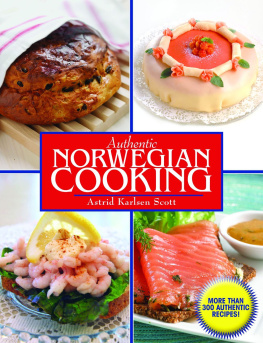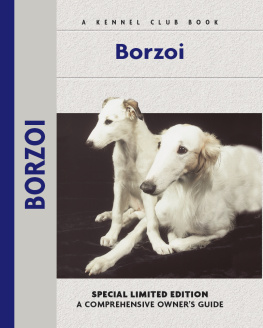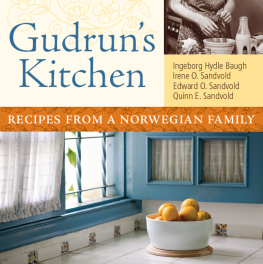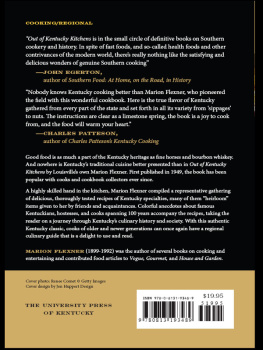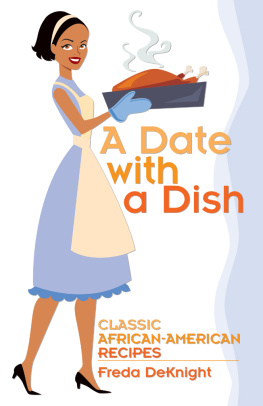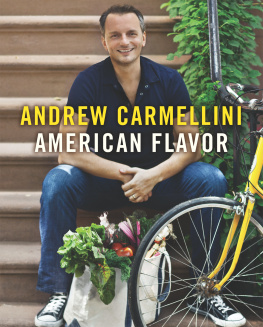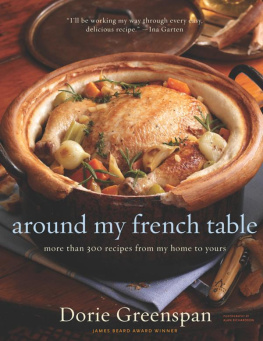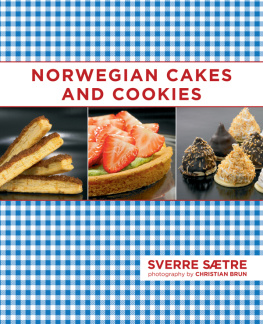
Authentic
NORWEGIAN
COOKING
Authentic
NORWEGIAN
COOKING
Astrid Karlsen Scott

Skyhorse Publishing
Copyright 2011 by Astrid Karlsen Scott
All Rights Reserved. No part of this book may be reproduced in any manner without the express written consent of the publisher, except in the case of brief excerpts in critical reviews or articles. All inquiries should be addressed to Skyhorse Publishing, 307 West 36th Street, 11th Floor, New York, NY 10018.
Skyhorse Publishing books may be purchased in bulk at special discounts for sales promotion, corporate gifts, fund-raising, or educational purposes. Special editions can also be created to specifications. For details, contact the Special Sales Department, Skyhorse Publishing, 307 West 36th Street, 11th Floor, New York, NY 10018 or
Skyhorse and Skyhorse Publishing are registered trademarks of Skyhorse Publishing, Inc., a Delaware corporation.
www.skyhorsepublishing.com
10 9 8 7 6 5 4 3 2 1
Library of Congress Cataloging-in-Publication Data
Scott, Astrid Karlsen.
Authentic Norwegian cooking / Astrid Karlsen Scott.
p. cm.
Includes index.
ISBN 978-1-61608-217-8 (hardcover : alk. paper)
1. Cooking, Norwegian. I. Title.
TX722.N6S38 2011
641.59481--dc22
2010053881
Other books by Astrid Karlsen Scott:
Ekte Norsk Jul, Vol. I Traditional Norwegian Christmas
Ekte Norsk Jul, Vol. II Traditional Norwegian Christmas Foods
Ekte Norsk Jul, Vol. III Traditional Norwegian Christmas Songs,
Stories and Poetry (out of print)
Norways Fest Days (out of print)
Norways Best (out of print)
Defiant Courage: Norways Longest WWII Escape (With Dr. Tor Haug)
Little House on the Fjord
In the Shadow of the Gestapo
Silent Patriot
Yes, We Love This Land
Disclaimer: This book is intended to be an informational resource and should be used as a general guide and not an ultimate source of Norwegian cooking. Every effort has been made to make this book as complete and factual as possible. The author and Skyhorse Publishing have neither responsibility nor liability to any person or entity with respect to any loss or damage caused, or alleged to be caused, directly or indirectly by the information in this book.
Printed in China
Dedicated to all those who
generously contributed to this work
to preserve the traditional Norwegian Cuisine.
Contents
Acknowledgments
There are many people who contribute, often unaware over a period of time, to the writing of a book. For instance, from childhood I grew up around women who were good cooks, who served nutritious and lovingly prepared food. They did not know then, nor did I, that they created memories for future generations.
Likewise, on my visits to Norway, opportunities to sample the best in traditional Norwegian food created a curiosity in me that also contributed to this book. I wish to thank all the excellent Norwegian cooks who, surely unwittingly, inspired me to keep Norwegian food traditions alive in America.
I deeply appreciate the assistance and liberal help of the following experts in Norway and America: Anna-Karin Lindstad, Division Manager Nutrition Department at Tine; Liv Gregersen Kongsten, Home Economic Consultant at Forma A/S; Britt Ksen, Home Economic Consultant, Office of Information for Fruit and Vegetables; Oda Christensen, Press/Food Consultant Information Office for Eggs and Meat; Guri Tveit, Home Economics Consultant, Information for Eggs and Poultry; Gunvor Holst, Adviser Norwegian Seafood Export Council; Norwegian Dairy Industry, mediebank.tine.no; Evan Nordahl, Office for Information for Meat; Ingrid Espelid Hovig, Culinary Expert, TV CHEF, and Senior TV Producer Norwegian Broadcasting Corporation; Bodil Bergan, Chief Guide, A/S Freia; Norwegian Seafood Export Council, King Oscar, USA, INC.; Norwegian Potato Industries; Eva Melster, Food Editor Hjemmet; Ellen C. Daatland, Food Editor, Familien; Chr. Schibsteds Forlag; J. W. Cappelens Forlag A/S; Torunn Linneberg, Olympia Utvikling, Troll Park A/S.
I acknowledge the favorite recipes shared by Dr. Thor Heyerdahl, Eva Johannessen, Edith Jaques, Else Rnnevig, Sigrid Juul Rset, Marianne Lindboe, and Helga Jonassen.
I am grateful to Marleigh (Martha) Harrison and Steinar Bjarne Karlsen for illustrations.
To Julie Matysik, my editor at Skyhorse Publishing, I am grateful for her professional confidence, her skill, and upbeat attitude.
And always to my husband Scotty, our children, their spouses, and my grandchildren, I am thankful and secure in their eternal love and reassurance.
Astrid Karlsen Scott
Introduction
Norway is a winterland where snow covers most of the country for more than half of the year. It also is a land of mountains where only 3 percent of the land can be cultivated.
Norway has a long rugged coast with many fjords, and half of the country lies north of the Arctic Circle. However the weather is milder than one would expect because of the Gulf Stream that crosses the Atlantic from America. People in the past subsisted on minuscule land because the sea provided an abundance of fish.
Nature and climatic conditions caused the Norwegians to adapt to the circumstances where they lived. Diverse food traditions developed through the centuries in north and south Norway, as well as in the east and the west.
Notwithstanding, mingled with these food traditions, a deep friendliness and sincere hospitality unfolded toward strangers. In the ancient Edda poems, Hvaml, it is written: the man who has traveled in the mountains needs food and drink.
It is self-evident that people took advantage of the summers because of the long difficult winters. They needed time to till the ground, to plant, and to harvest crops, yet in many places the climate was such that the grain did not ripen. The people received their main nourishment from grain, meat, fish, and milk. The fish farmers along the coast always kept a cow and a few sheep. Inland they sowed barley and oats on the minuscule land available. They would say, Grain is borrowed from God or often, Grain is life.
The life-sustaining potato was not grown in Norway until the late 1700s. The so-called potato-priests from their pulpits encouraged people to cultivate potatoes. Today many Norwegians clearly remember the war years, 19401945. In many homes hunger would have been unbearable had we not been able to grow potatoes.
The Norwegian people learned early from experience to preserve food. They learned various conservation methods. Cattle and goats gave little milk during the winter months, but the summer milk was churned to butter and made into cheese. Many Norwegian cheeses have a long history, and even today we think that gammalostena pungent sour milk cheeseand goat cheese are among the best. Many new cheeses have a milder taste like the gudbrandsdalosten, something many enjoy.
The old farmers attempted to be self-sufficient. However, no matter how remote some farms were, salt was necessary for all. Most meat was salted down. Fresh meat was provided only for certain days, like church holidays and other important celebrations. From the middle ages the grain was ground in water gristmills. Up to the 1800s grains were mostly used for flatbread and porridge. Porridge, a food for all, was often eaten with sour milk, a piece of cured meat, or a few pieces of flatbread. Porridge was vassgraut
Next page
